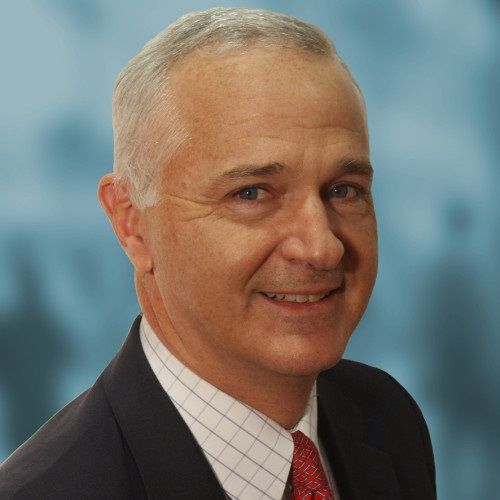Article
Staffing shortages and increasing collection struggles hurt practices
Author(s):
Lower patient volume and challenges collecting payments can push practices to the brink
Labor shortages are more than just an inconvenience for physicians and their support staff – they can have a direct impact on a practice’s finances. A labor shortage can require a practice to reduce its capacity to care for patients, leading to fewer visits and reduced operating hours, according to Trends in Healthcare Payments from J.P. Morgan. This overall decreased capacity of patient volume reduces opportunities to generate income.
The report found that 29% of providers reduced the number of patient visits available due to staffing shortages, while 18% of providers reduced the hours for patient visits due to staffing shortages.
Compounding the revenue struggle are collection processes that are lacking, hurting the financial health of medical practices. The report notes that there are two layers to this problem. First are the costs stemming from collecting from patients. Mailed paper statements and staff-dependent processes are significantly more costly than electronic and paperless options, yet the majority of physicians still primarily collect from patients with paper and manual processes.
In fact, the report found that 78% of providers primarily collect from patients with paper and manual processes, 55% of providers primarily collect from patients with mailed paper statements, and 23% of providers primarily collect from patients with in-person and staff outreach collections.
Using these manual processes can take time and multiple attempts. Consider that 74% of providers say it takes two or more statements to collect a patient balance in full, while 37% of providers said it takes three or more statements.
The struggles to collect may reflect the financial reality for many patients. The report found that nearly one in 10 consumers owe at least $250 in medical debt, while 38% of consumers put off treatment due to costs, and 27% of consumers put off medical treatment for a serious condition due to costs.





